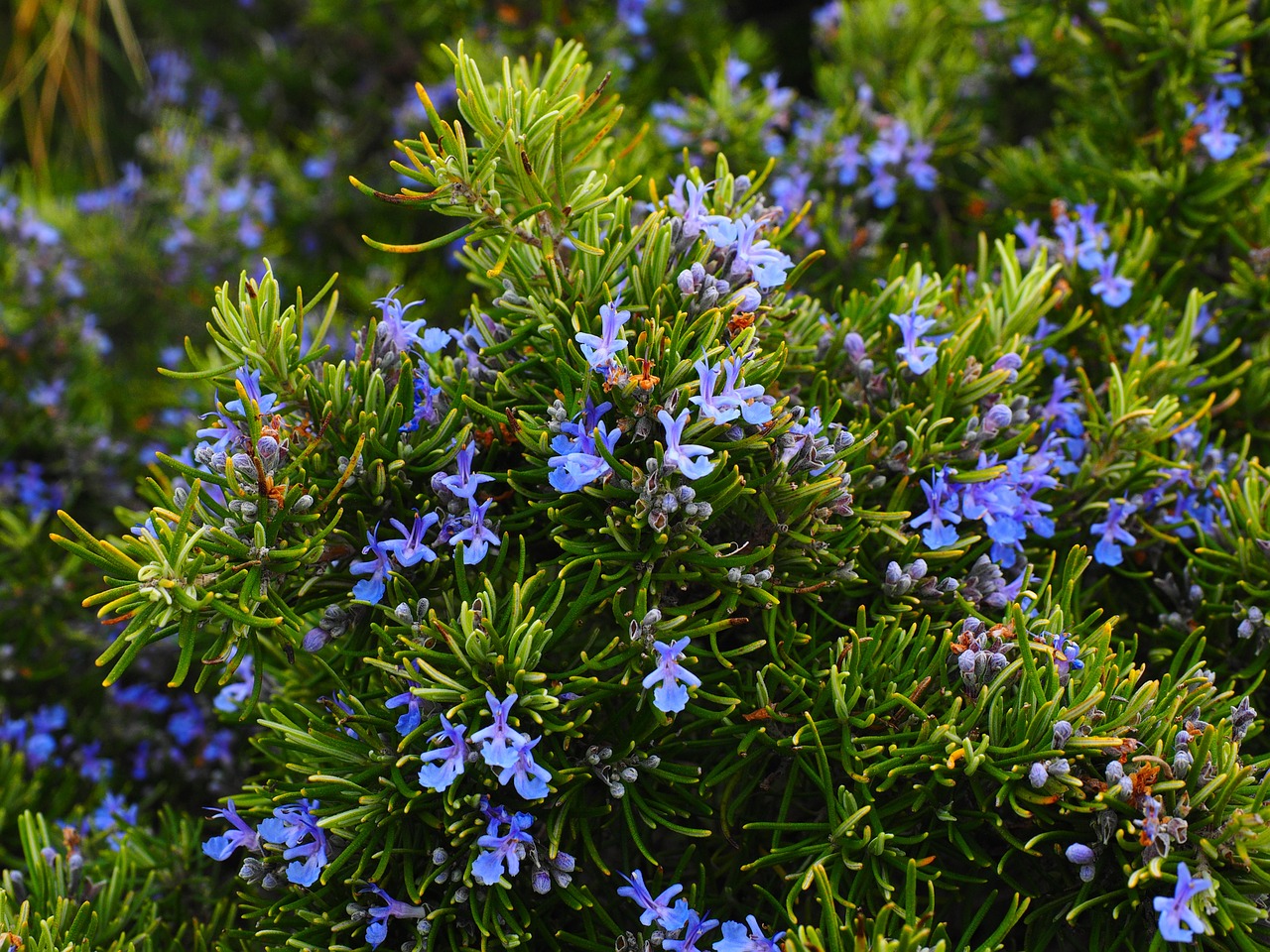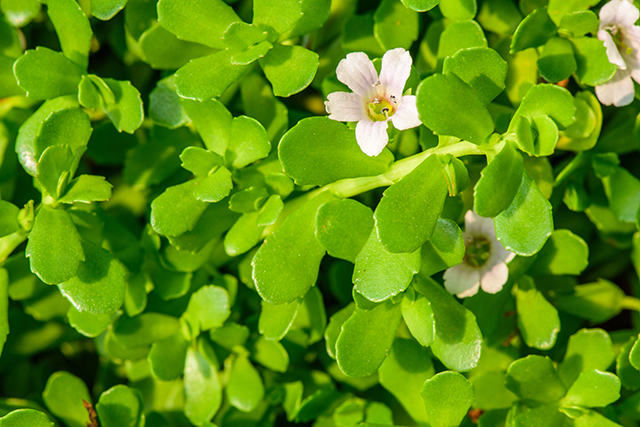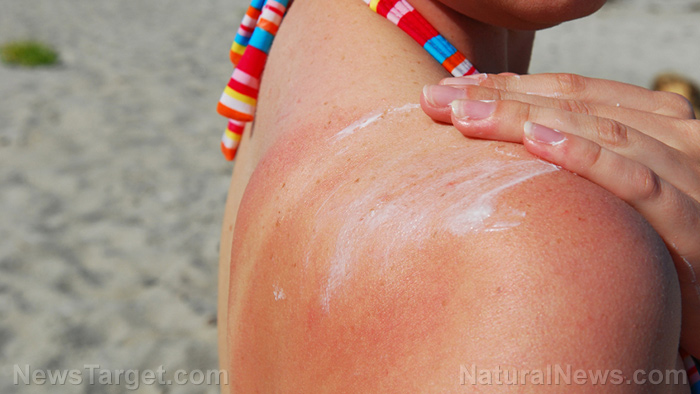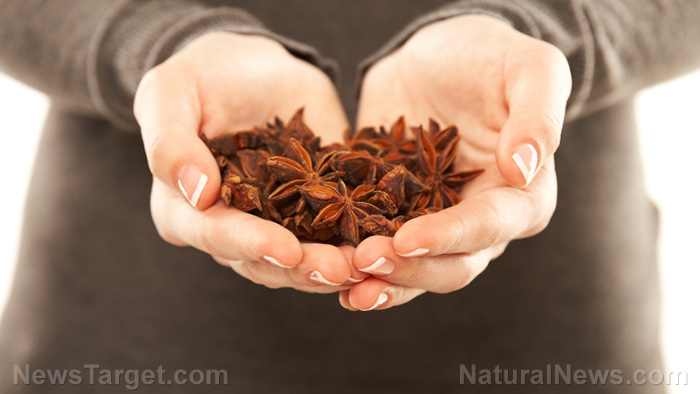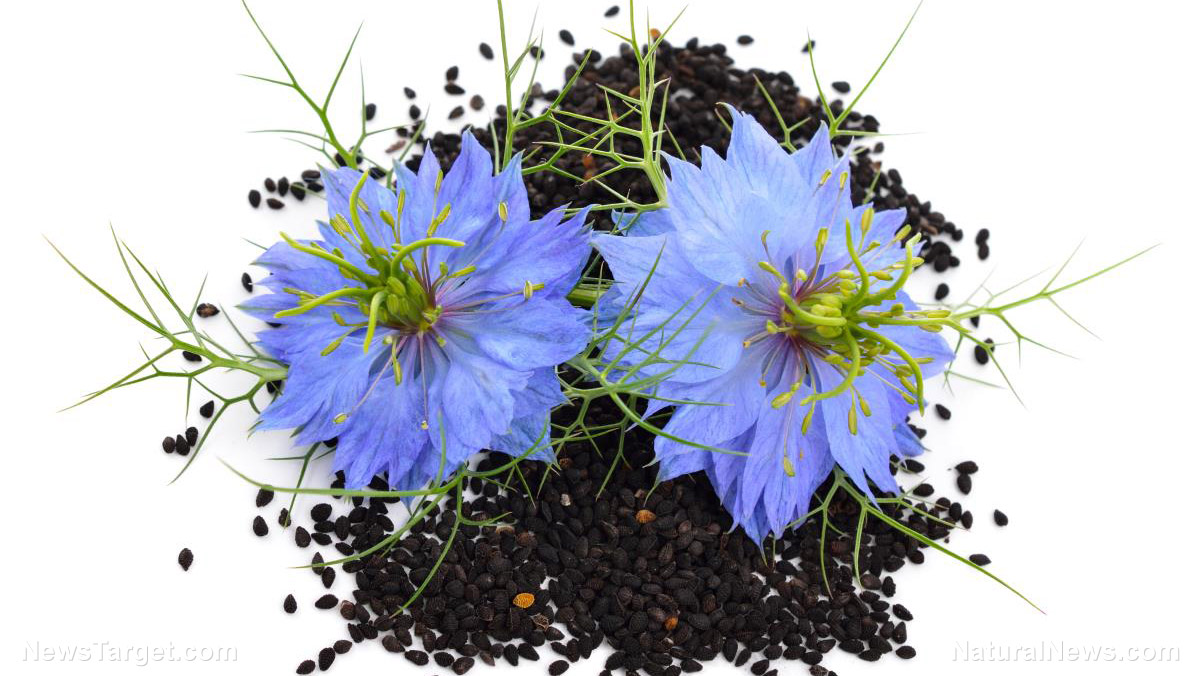Despite the current uptick in awareness of traditional forms of medicine, most people are limited to familiar and well-known systems like Ayurveda, Native American, and Traditional Chinese Medicine. Take the Middle East, for instance: while it has an established medical system, little information is accessible on its potential health benefits.
That’s too bad, really – a study published in BMC Complementary and Alternative Medicine suggests that sihar (Rhazya stricta), a plant found in the Middle East, could potentially be used in treating neurodegenerative diseases.
The study, a collaboration between the King Abdulaziz City for Science and Technology (KACST) and King Saud University in Saudi Arabia, investigated the effects of sihar extracts in stem cell development using NTERA-2 (NT2) pluripotent embryonal carcinoma cells, which allowed researchers to study the effects of the extract in pure neuronal cells. Different parts of the plants were collected, in particular, the fruits, stems, and leaves. These were then ground into powder, and essences for each were extracted using different solvents (i.e., n-hexane, chloroform, ethyl acetate, and methanol). The extracts were subjected to different assays to determine its bioactive and physicochemical properties.
In total, 12 extracts from different parts of the sihar plant were used to determine its effects on the spread and development of NT2 cells, which are used to study the response of stem cells upon exposure to certain stimuli. Of all the extracts, the NT2 cells that were treated with the chloroform extract (RS1S CHCL3) led to an induction of cell differentiation, that is, the process where a young and immature cell becomes a specialized cell. NT2 cells, in response to retinoic acid, rapidly develop into neurons. Retinoic acid, to note, is synthesized from vitamin A which is found in certain animal and plant products. While it is known to improve eye health, vitamin A and its derivatives are also used in brain functions that involve memory, learning, and the production of neurons in adults. (Related: Vitamin A derivative helps turn precancerous cells back into healthy ones.)
High concentrations of RS1S CHCL3 were noted to be harmful to cells; however, these levels were recorded at 10 μg/mL (micrograms per milliliter) of the extract, which is far greater than the 5 μg/mL concentration used in the study, which spanned 14 days of treatment.
The extracts were also able to reduce the response to the surface antigen TRA-1-60 in non-developed stem cells, a biomarker for the ability of cells to transform (pluripotency). In particular, TRA-1-60 is found in embryonic carcinoma stem cells, which are believed to drive uncontrolled tumor growth in certain cancers.
The sihar plant also contains alkaloids and flavonoids which are beneficial to human health; however, the team indicated in their study that these are heavily dependent on conditions such as season, stages of plant development, and the presence of environmental factors.
The researchers found that extracts from the sihar plant, in particular, RS1S CHCL3, could help induce the development of immature stem cells into more specialized ones. In particular, cells that are exposed to retinoic acid develop into brain cells, which can aid in the prevention of certain neurodegenerative diseases. The extract could also be utilized to down-regulate pluripotency markers that can lead to tumor growth and certain cancers.
“Our results showed the differentiated cells tended to be neuronal cells according to their morphology with short neurite formations,” they added. “This extract may be effective as a therapeutic agent in neurodegenerative diseases.”
Sources include:
Science.news
BMCComplementAlternMed.BioMedCentral.com
Tropicos.org
MicroscopeMaster.com
Cell.com [PDF]
NCBI.NLM.NIH.gov







